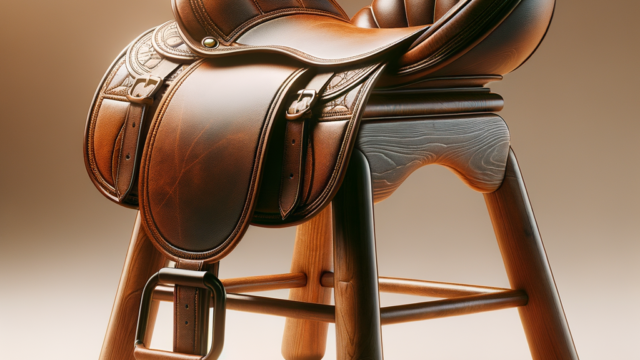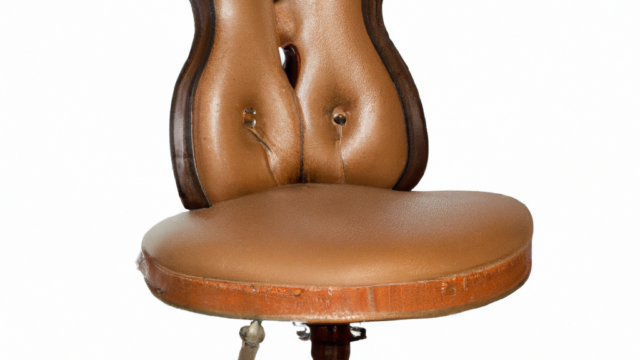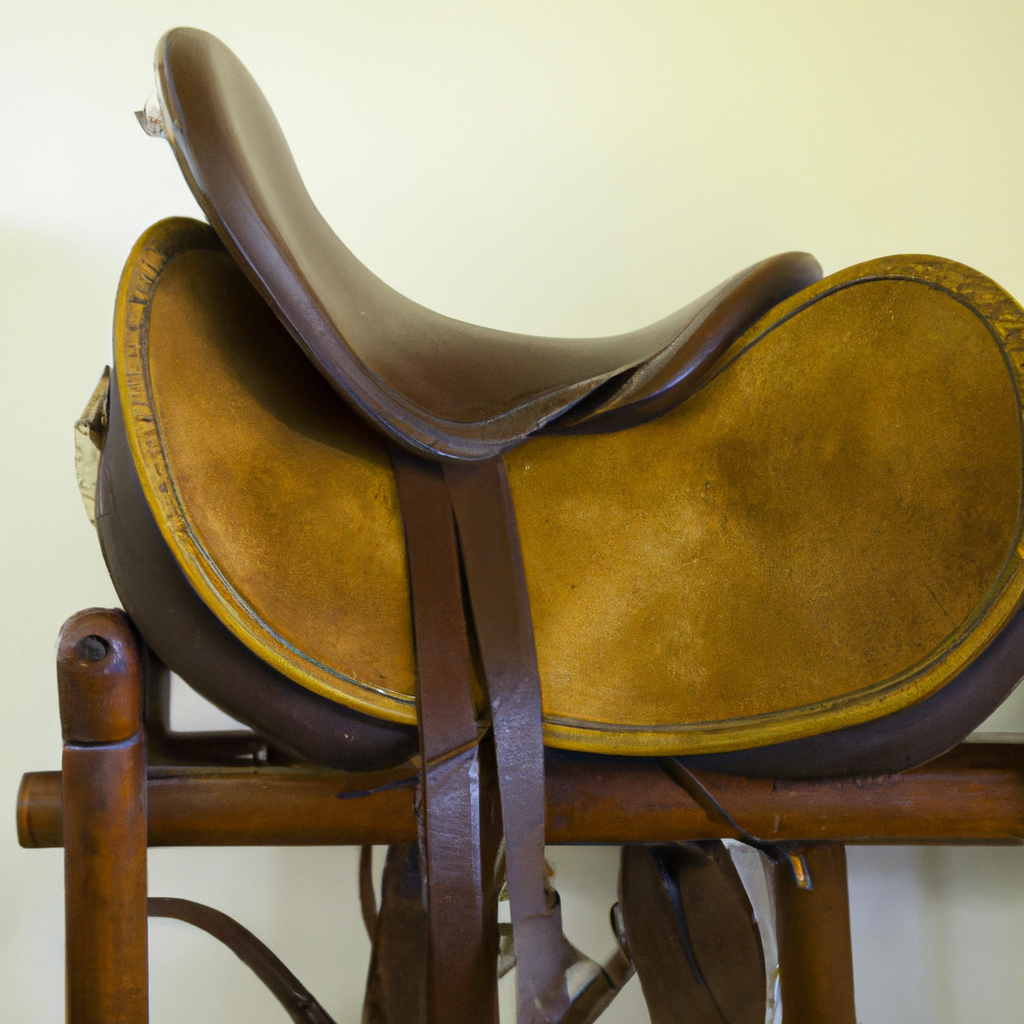In today’s fast-paced world, where many of us spend hours glued to our desks, maintaining good posture and comfort is crucial for our overall well-being. Traditional office chairs, while ubiquitous, often fall short in providing the support our bodies need, leading to discomfort and even chronic pain. This is where saddle chairs come into play, offering a revolutionary approach to ergonomic seating that not only enhances comfort but also promotes better posture and overall health.
Understanding Saddle Chairs
At first glance, saddle chairs may appear unconventional with their saddle-shaped seat design. Unlike traditional chairs that encourage a 90-degree sitting posture, saddle chairs promote a more natural, open hip angle, resembling the posture adopted when riding a horse. This unique design encourages the spine to maintain its natural curvature, alleviating strain on the lower back and promoting better alignment of the spine and pelvis.
The Ergonomic Design of Saddle Chairs
Saddle chairs are meticulously engineered to support the body’s natural alignment. By distributing body weight evenly across the pelvis and thighs, they reduce pressure points and prevent discomfort associated with prolonged sitting. Additionally, the raised position of the hips encourages an active sitting posture, engaging core muscles and preventing slouching.
Benefits of Using Saddle Chairs
The benefits of saddle chairs extend far beyond mere comfort. By promoting proper posture, these chairs help alleviate back pain and stiffness, leading to improved overall spinal health. Moreover, the dynamic sitting position they encourage stimulates blood flow and oxygenation, keeping the mind alert and enhancing productivity throughout the workday.
Choosing the Right Saddle Chair
Selecting the perfect saddle chair requires careful consideration of various factors, including seat height, tilt angle, and cushioning. Adjustable features allow for customization to suit individual preferences and body types, ensuring optimal comfort and support. Additionally, ergonomic setup tips, such as maintaining a neutral wrist position and positioning the monitor at eye level, further enhance the benefits of saddle seating.
Saddle Chairs in Different Work Environments
Saddle chairs find applications across a wide range of professions and work environments. In office settings, they offer a solution to the sedentary nature of desk jobs, promoting movement and reducing the risk of musculoskeletal disorders. Healthcare professionals, such as dentists and surgeons, benefit from the improved ergonomics and mobility afforded by saddle chairs during lengthy procedures. Creative professionals, such as artists and designers, appreciate the freedom of movement and enhanced focus provided by saddle seating, allowing them to unleash their creativity without distractions.
Tips for Adjusting to a Saddle Chair
Transitioning to a saddle chair may take some getting used to, especially for those accustomed to traditional seating arrangements. Practicing proper sitting techniques, such as keeping the feet flat on the floor and maintaining a neutral spine, can help ease the adjustment period. Additionally, taking frequent breaks to stretch and move around can prevent stiffness and promote circulation, further enhancing the benefits of saddle seating.
Combating Misconceptions
Despite their numerous benefits, saddle chairs are often met with skepticism and misconceptions. Some may worry about their stability or suitability for prolonged use. However, modern saddle chair designs address these concerns, incorporating sturdy bases and comfortable padding to ensure stability and support. By debunking common myths surrounding saddle chairs, users can confidently embrace ergonomic seating solutions for improved health and well-being.
Real-Life Experiences
Countless individuals have experienced the transformative effects of saddle chairs firsthand. From office workers seeking relief from back pain to artists striving for greater creativity and focus, the testimonials speak volumes about the efficacy of saddle seating. By sharing personal anecdotes and success stories, we can inspire others to make the switch to ergonomic seating and reap the benefits for themselves.
The Future of Ergonomic Seating
As our understanding of ergonomics continues to evolve, so too does the design of saddle chairs. Innovations such as adjustable lumbar support, breathable fabrics, and integrated technology hold promise for further enhancing comfort and functionality. With ongoing research and development, the future of ergonomic seating looks brighter than ever, paving the way for healthier, more productive workspaces.
Conclusion
In conclusion, saddle chairs offer a compelling solution to the ergonomic challenges of modern work environments. By promoting proper posture, alleviating discomfort, and enhancing productivity, they empower individuals to take control of their health and well-being. Whether you’re an office worker, healthcare professional, or creative professional, saddle seating holds the key to a more comfortable and productive workspace. Embrace the future of ergonomic seating and experience the difference for yourself.


